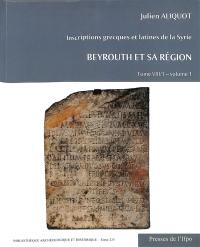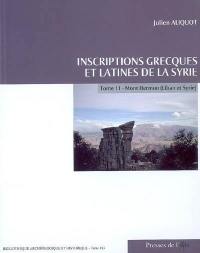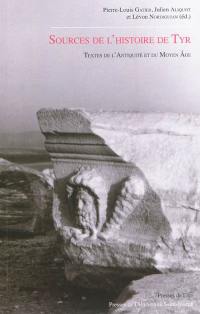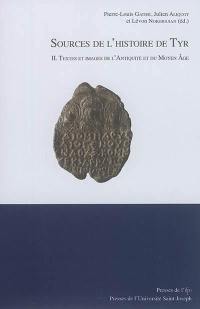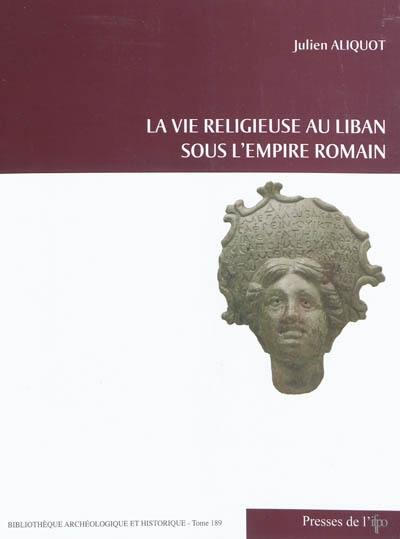
Fiche technique
Format : Broché
Nb de pages : 440 pages
Poids : 1900 g
Dimensions : 23cm X 28cm
ISBN : 978-2-35159-160-4
EAN : 9782351591604
La vie religieuse au Liban sous l'Empire romain
Quatrième de couverture
Entre la conquête du Proche-Orient par Rome au premier siècle avant Jésus-Christ et la fermeture des temples au quatrième siècle de l'ère chrétienne, les montagnes du Liban se couvrent de nombreux sanctuaires païens. Ces lieux de culte entre ciel et terre ont attiré l'attention des voyageurs et des savants depuis l'Antiquité : « je suis aussi monté vers le Liban depuis Byblos, à une journée de marche, après avoir appris qu'il se trouvait là un ancien temple d'Aphrodite », peut-on lire dans le De Dea Syria, traité rédigé en grec à l'époque romaine, qui relate une visite au célèbre site d'Afqa, à la source du fleuve Adonis. Julien Aliquot invite le lecteur à découvrir à son tour les cultes et les sanctuaires libanais en tirant parti d'une documentation renouvelée par les travaux archéologiques et épigraphiques les plus récents. Son enquête constitue la première étude d'ensemble sur la vie religieuse au Liban sous l'Empire romain. Au croisement de l'histoire et de l'archéologie, elle est complétée du catalogue des cent vingt lieux de culte de la région. L'ouvrage se place dans la perspective de l'histoire des religions et des sociétés du monde romain. Il contribue aux recherches sur l'hellénisation et la romanisation du Proche-Orient.
Between the conquest of the Near East by Rome in the first century before Jesus Christ and the closure of the temples in the fourth century of the Christian era, many pagan sanctuaries covered the mountains of Lebanon. These places of worship suspended between sky and earth have drawn the attention of the travellers and scholars since Antiquity : « I also went up from Byblos into Lebanon, a day's journey, having learnt that there was an ancient sanctuary of Aphrodite there, » as one can read in the De Dea Syria, a treatise written in Greek in the Roman period, which tells a visit to the famous site of Afqa, at the spring of the river Adonis. Julien Aliquot invites the reader to discover in his turn the Lebanese cults and sanctuaries by taking advantage of a documentation renewed by the most recent archaeological and epigraphic works. His inquiry constitutes the first comprehensive study on the religious life in Lebanon under the Roman empire. At the meeting point of history and archaeology, it is completed by the catalogue of the hundred and twenty places of worship of the area. The book takes place in the perspective of the history of religions and societies of the Roman world. It contributes to the researches on the hellenisation and the romanisation of the Near East.






